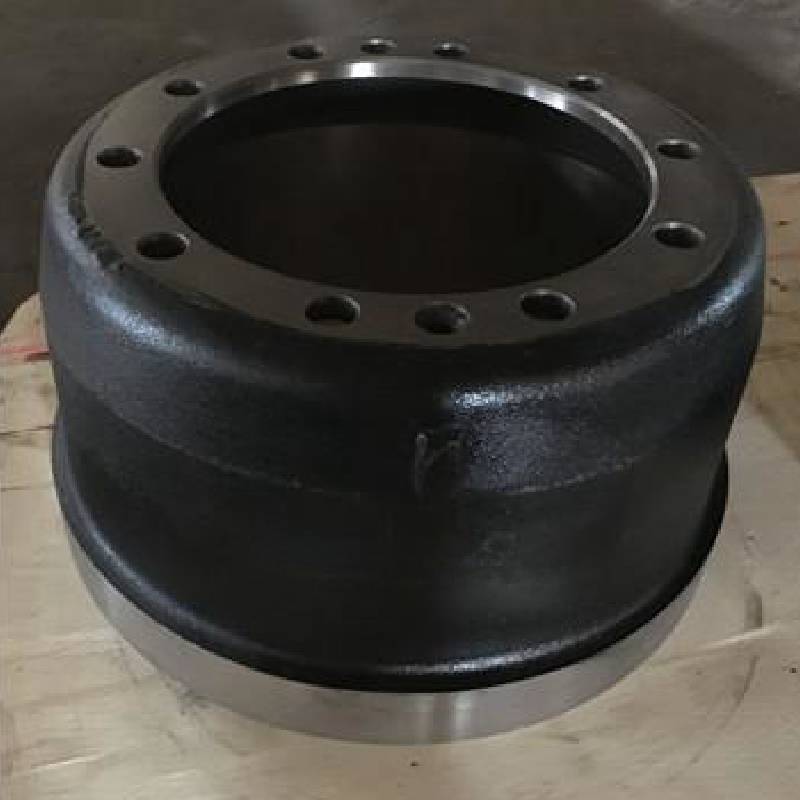Nov . 18, 2024 17:13 Back to list
brake drum reconditioning
Brake Drum Reconditioning A Comprehensive Guide
Brake drum reconditioning is an essential aspect of vehicle maintenance that often goes overlooked. The braking system is one of the most critical components of a vehicle, and ensuring that every part, including brake drums, is functioning optimally is vital for safety and performance. This article aims to provide a comprehensive overview of brake drum reconditioning, discussing the process, benefits, and considerations.
Understanding Brake Drums
Brake drums are cylindrical components that play a crucial role in the drum brake system. They work by providing a friction surface for brake shoes to press against, thereby slowing or stopping the vehicle. Over time, brake drums can suffer from wear and tear due to constant friction, heat, and moisture, leading to decreased braking performance. Reconditioning these drums is not only a cost-effective alternative to replacement but also an environmentally friendly option.
The Reconditioning Process
The reconditioning of brake drums usually involves several key steps
1. Inspection The first step is to thoroughly inspect the brake drums for any visible damage, such as cracks or severe wear. Measuring the drum’s diameter is crucial, as drums that have exceeded their service limits may need to be replaced rather than reconditioned.
2. Cleaning After inspection, the brake drums need to be cleaned to remove dirt, grease, or brake dust that can inhibit performance. This is often done using a specialized cleaning solution and scrub brushes.
3. Machining If the drums are within service limits but have worn unevenly, they may be re-machined to restore a smooth surface. This process is done on a lathe, which ensures the drums are perfectly round and within the specified tolerances.
4. Finishing After machining, the drums may undergo a finishing process to enhance their surface texture. A properly finished brake drum offers better friction when the brake shoes press against it, leading to improved stopping power.
brake drum reconditioning

5. Reinstallation Finally, once reconditioned, the brake drums are reinstalled, and the entire braking system is tested to ensure everything is functioning correctly.
Benefits of Reconditioning Brake Drums
1. Cost-Effective Reconditioning is generally less expensive than purchasing new brake drums, making it an attractive option for vehicle owners looking to save money.
2. Environmental Impact By reconditioning instead of replacing, you contribute to reducing waste and promoting recycling of automotive parts, which is beneficial for the environment.
3. Quality Performance Reconditioned drums can often perform just as well, if not better, than new ones. Skilled technicians can restore the drums to excellent condition, ensuring safety and reliability.
4. Fewer Downtimes Reconditioning can often be completed more quickly than waiting for new parts to be ordered and installed, minimizing vehicle downtime.
Considerations
Despite its benefits, brake drum reconditioning is not suitable for every situation. If the drums exhibit severe damage or have reached their lifespan limit, replacement may be the only option. Moreover, it’s crucial to have the work done by experienced professionals to ensure safety and reliability.
Conclusion
Brake drum reconditioning is a vital service for maintaining the performance and safety of your vehicle. Regular inspections and timely reconditioning can prolong the life of your vehicle's braking system, ensuring that you and your passengers remain safe on the road. Whether you're a car enthusiast or a casual driver, understanding this reconditioning process empowers you to make informed decisions about your vehicle's maintenance.
-
Durable Brake Drum MAZ for Heavy Duty Trucks | High Performance
NewsAug.26,2025
-
FUWA: Premium Quality, Reliable Performance & Innovative Solutions
NewsAug.25,2025
-
Liza Brake Drum: Superior Quality & Performance for Safe Driving
NewsAug.24,2025
-
Iveco Brake Drum | Premium OE Quality for Daily & Eurocargo
NewsAug.22,2025
-
Your Brake Drum Man: Quality & Performance Parts
NewsAug.21,2025
-
Explore Japan: Ultimate Travel Guide & Authentic Experiences
NewsAug.19,2025
